Lesser Brown Scorpion Facts
- Firstly, Lesser Brown Scorpion serves as the common name for a truly impressive looking yet basically harmless variety of scorpion.
- It has now spread far beyond its original endemic range. Experts believe that this has occurred primarily due to the inadvertent actions of humans.
- This happened primarily through the exporting of goods from its native areas, although the pet trade doubtless played a role as well.
- In addition, through no fault of its own, it now poses a threat to indigenous species in some of the regions where it has been introduced.
Related Articles
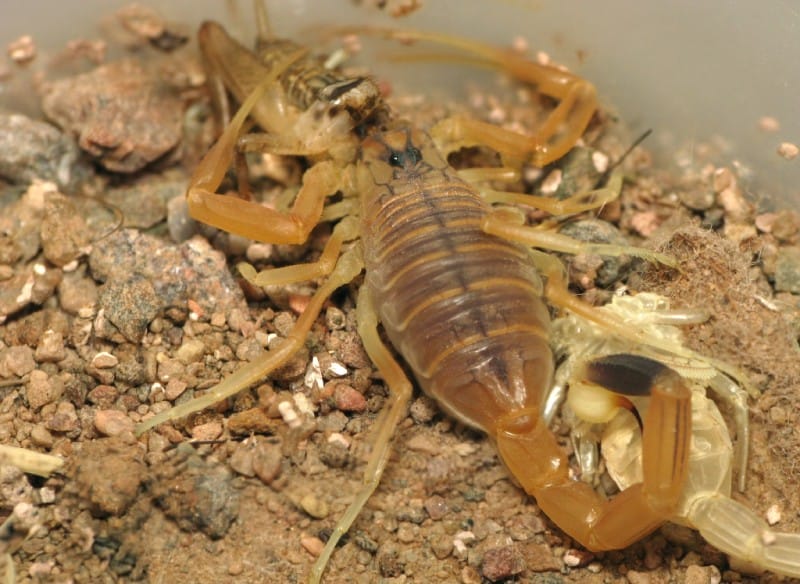
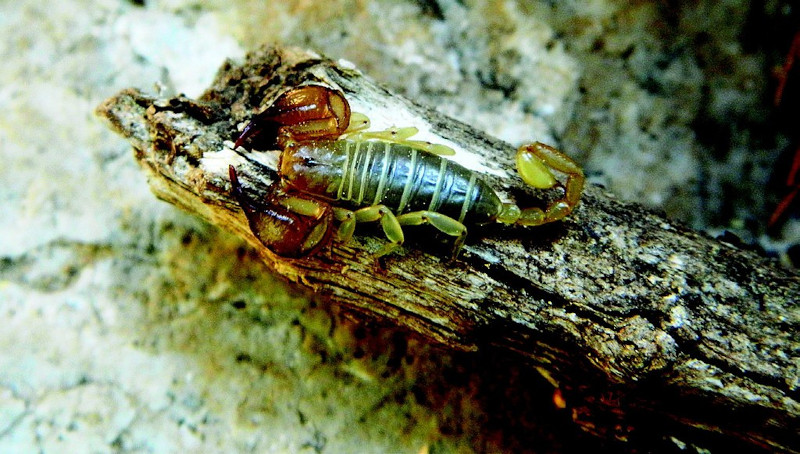
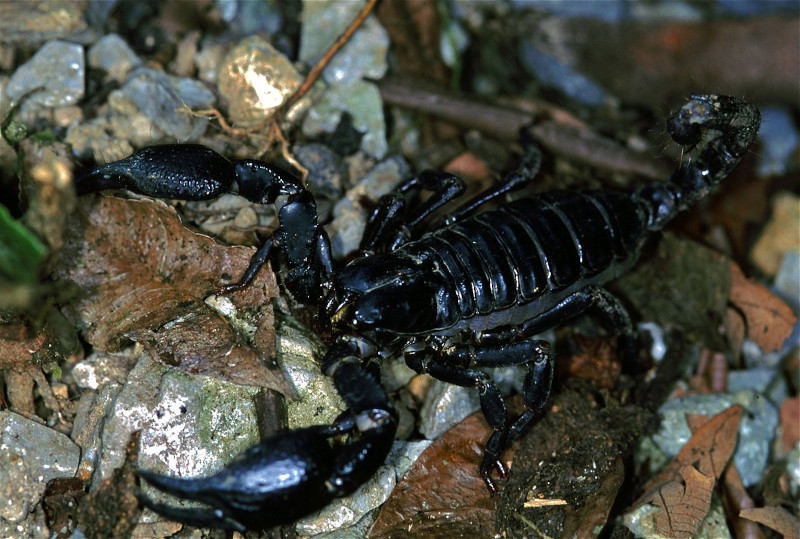
Lesser Brown Scorpion Physical Description
Firstly, the Lesser Brown Scorpion ranks as a moderate-sized species of scorpion. It attains an average length of about 2 in (5 cm). Its coloring is typically a combination of shades of brown, with small amounts of black.
The arachnid also possesses a relatively long lifespan. Individuals may live as long as five years.
Its mating practices are similar to those of spider. After mating, the female will often consume the male.
Young are born alive, and the female Lesser Brown Scorpion will carry the young on its back until they attain a firm carapace.
- Kingdom: Animalia
- Phylum: Arthropoda
- Class: Arachnida
- Order: Scorpiones
- Family: Buthidae
- Genus: Isometrus
- Species: I. maculatus
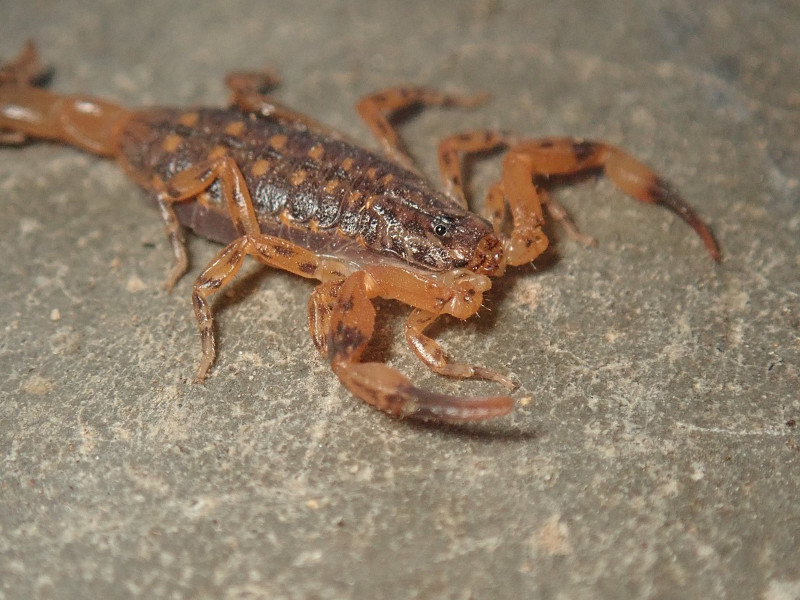
Lesser Brown Scorpion Distribution, Habitat, and Ecology
The Lesser Brown Scorpion is an arachnid species endemic to a pantropical range. The species has also now been unintentionally introduced to several of the Hawaiian Islands. It typically prefers to inhabit warm moist areas.
This invertebrate also remains primarily nocturnal in nature. As a result, it will emerge at night to hunt. It eats spiders, insects, millipedes, and occasionally small rodents.
During the heat of the day, the Lesser Brown Scorpion prefers to hide under loose rocks, fallen trees, piles of debris, or even the floors.
Most importantly, its venom is not fatal to humans. The pain and side effects of the venom have been compared to that of the sting of a bee.
This species does display cannibalistic tendencies, however. At times, the mother scorpion will feed on her own young if no other prey is available.
Species Sharing Its Range
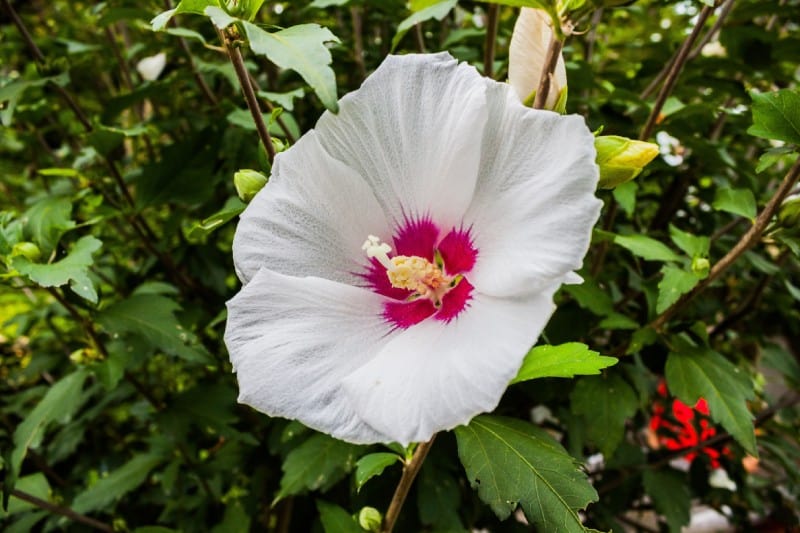

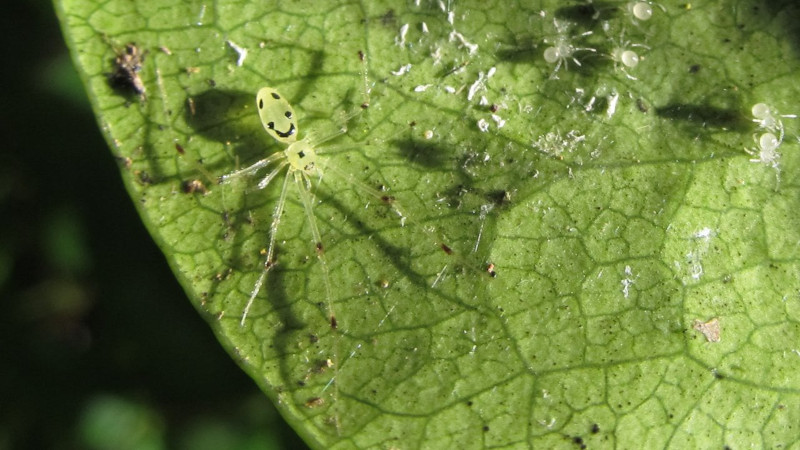
Check out our other articles on Giant Camel Spider, Madagascar’s Astounding Inhabitants, Adenium Flower Bonsai, Cerro Sarisarinama











Leave a Reply